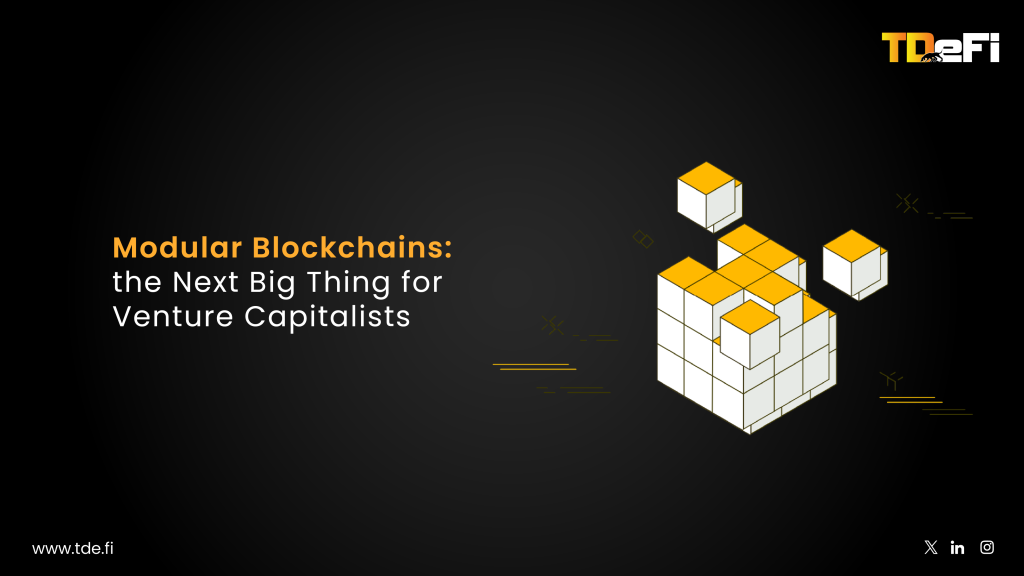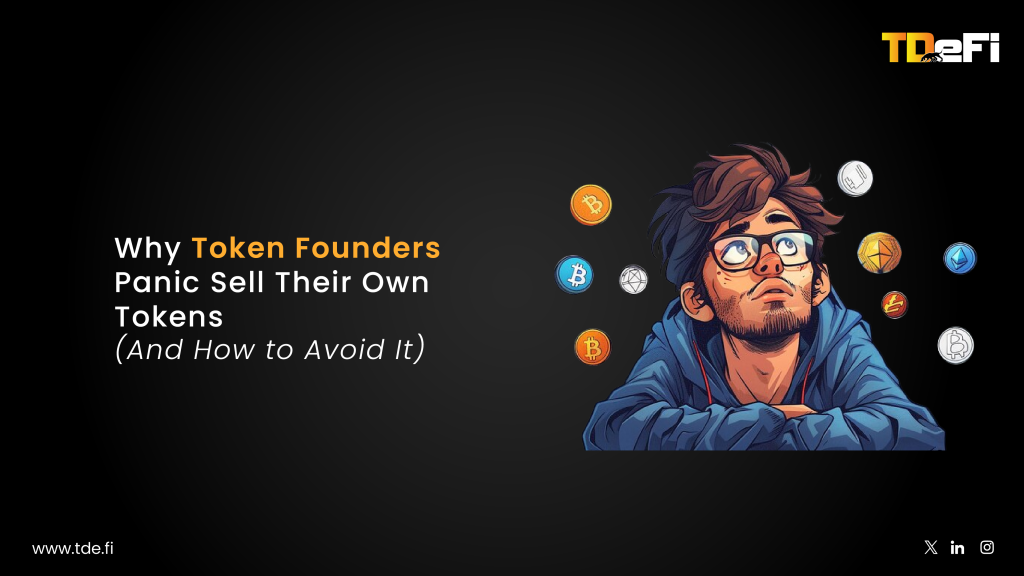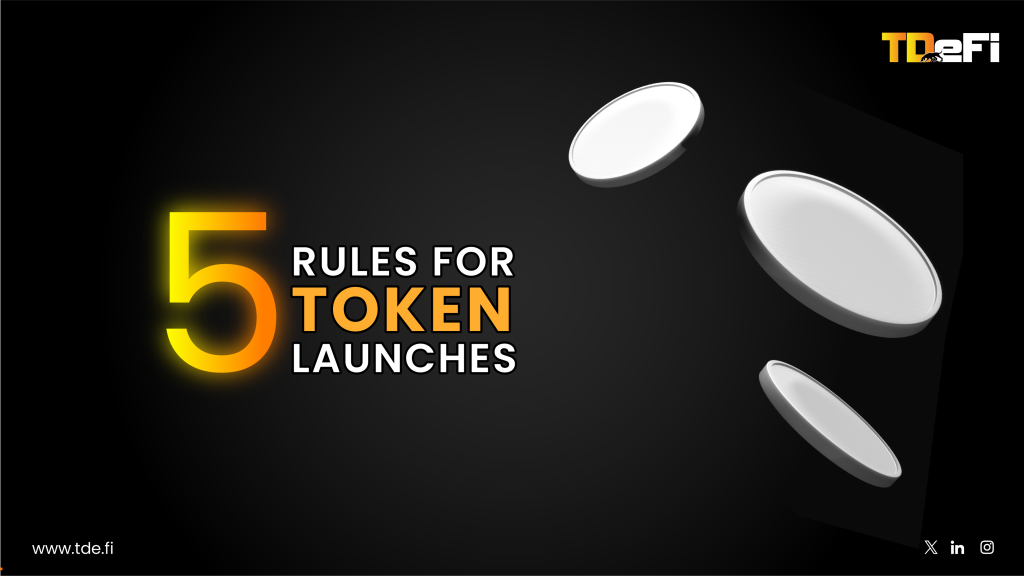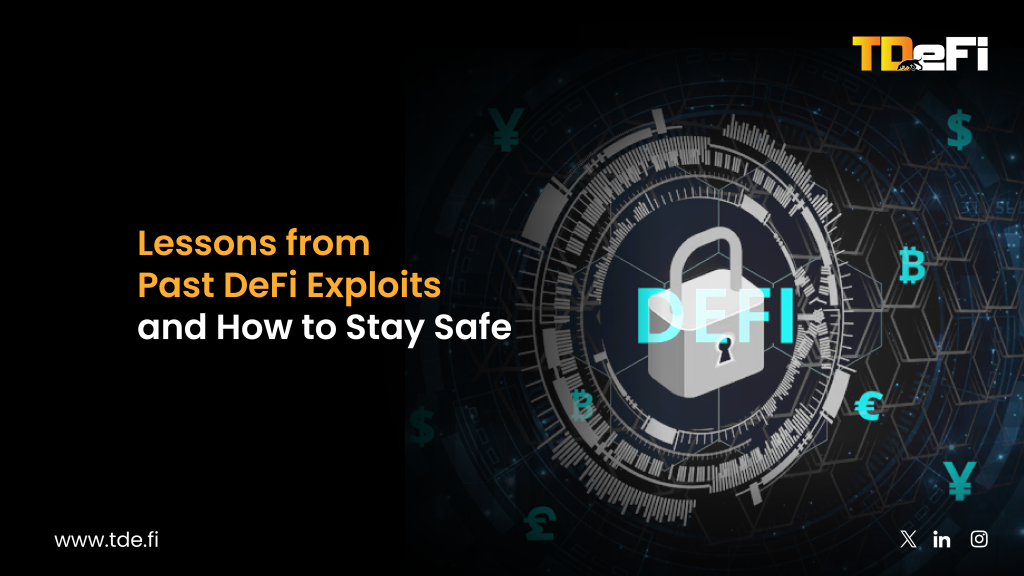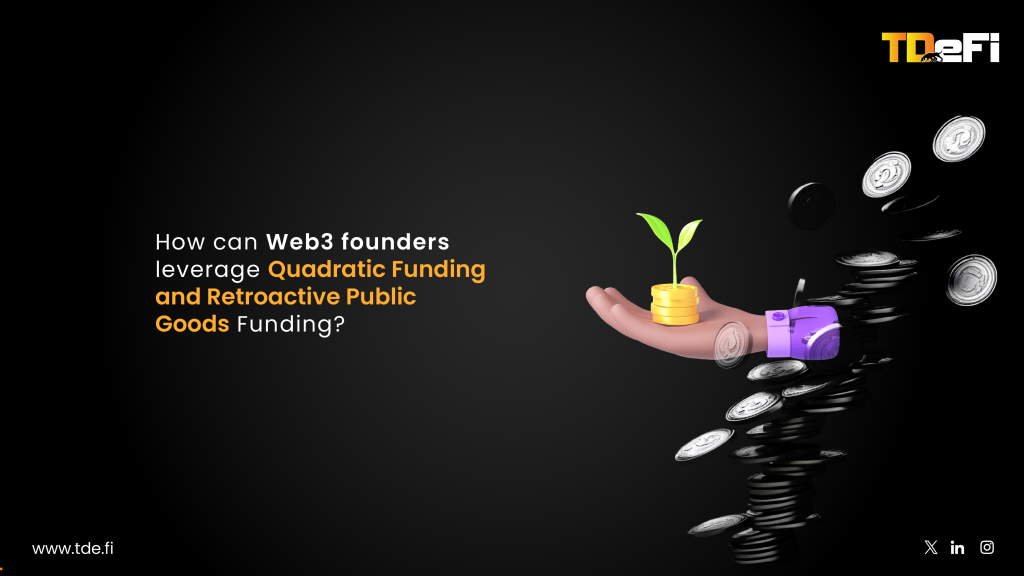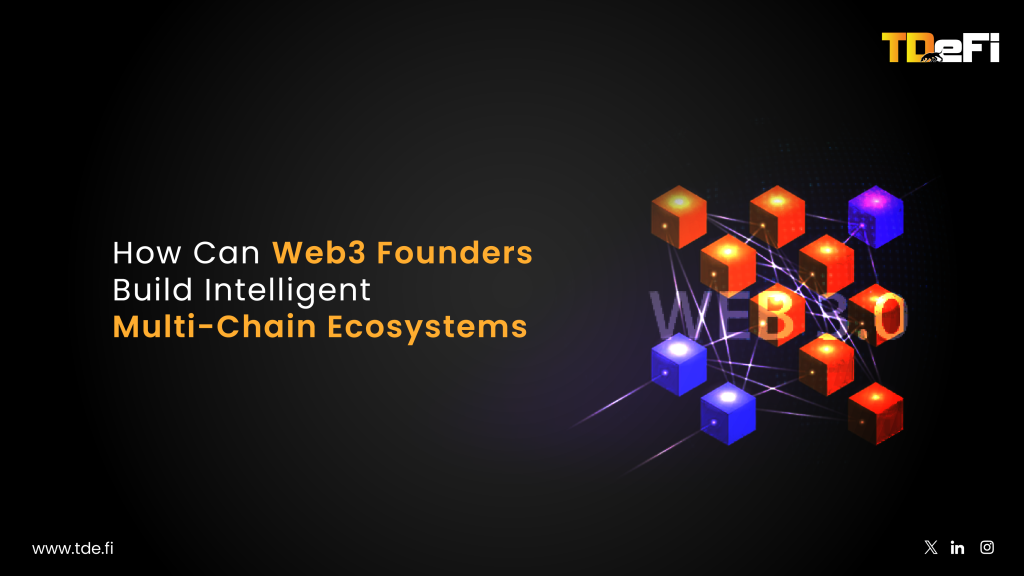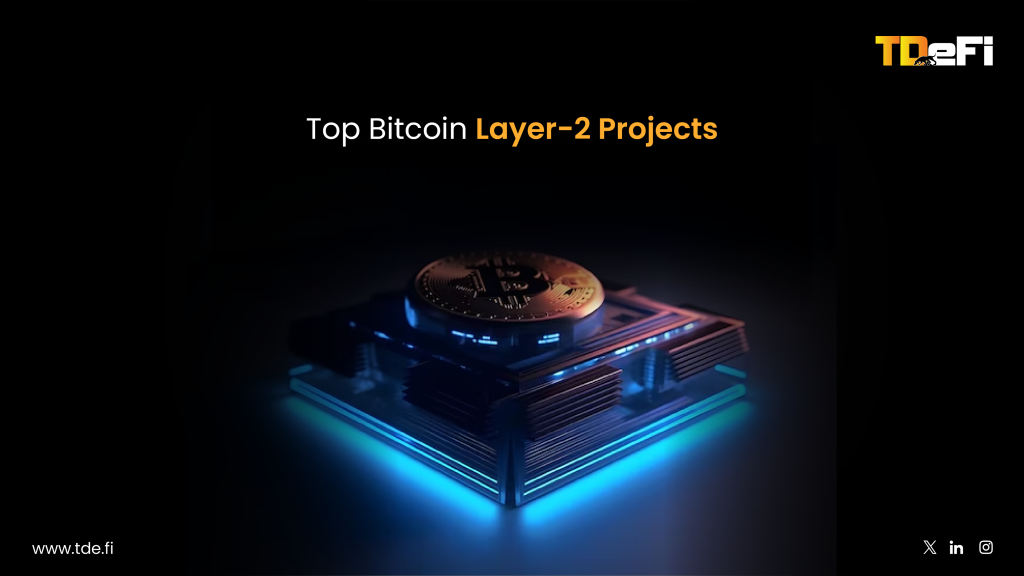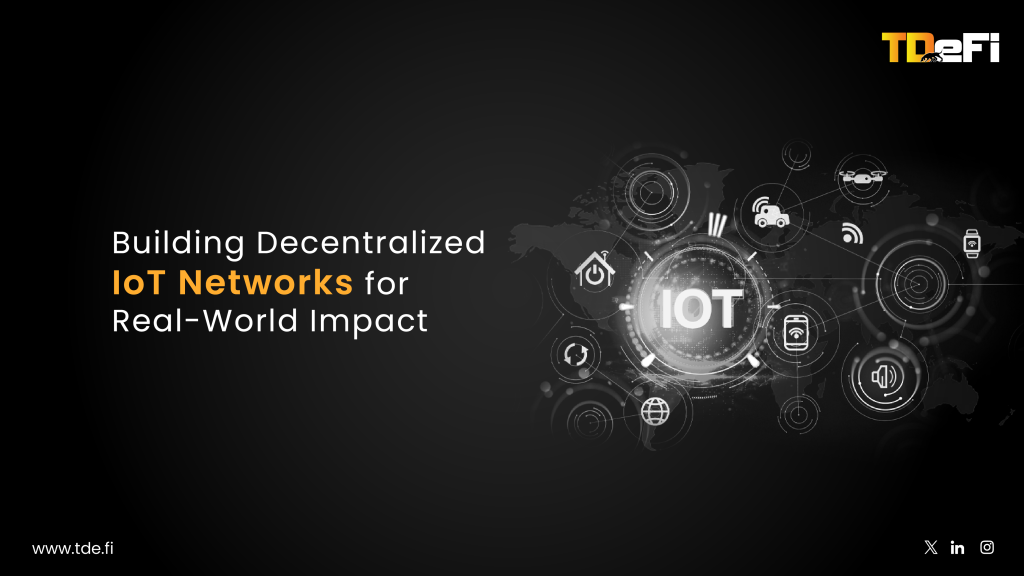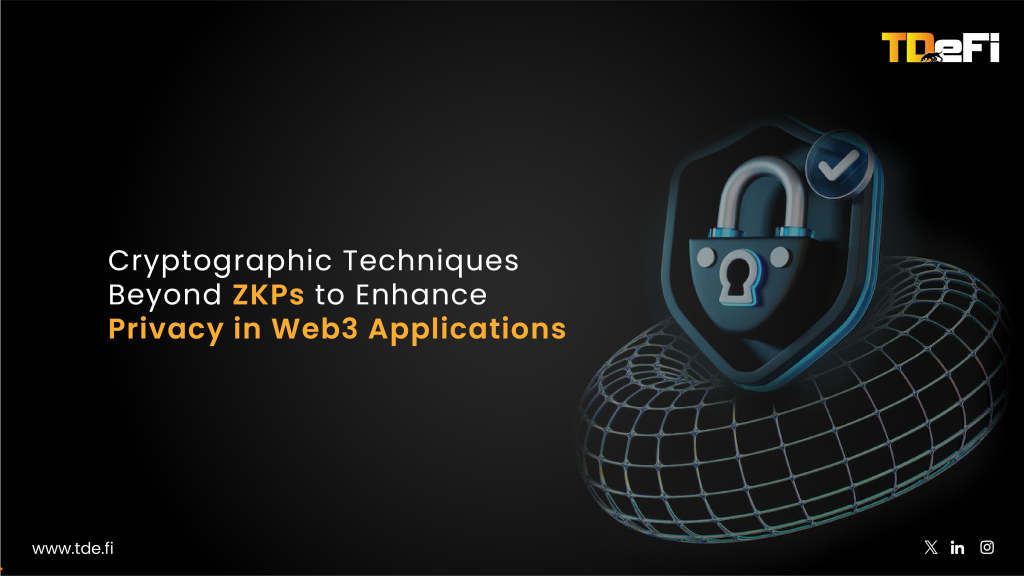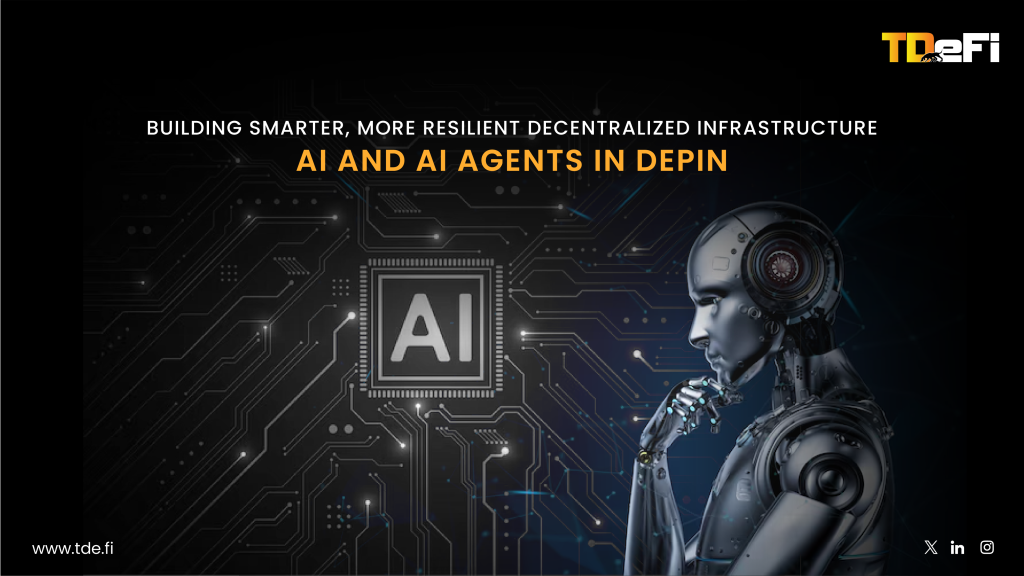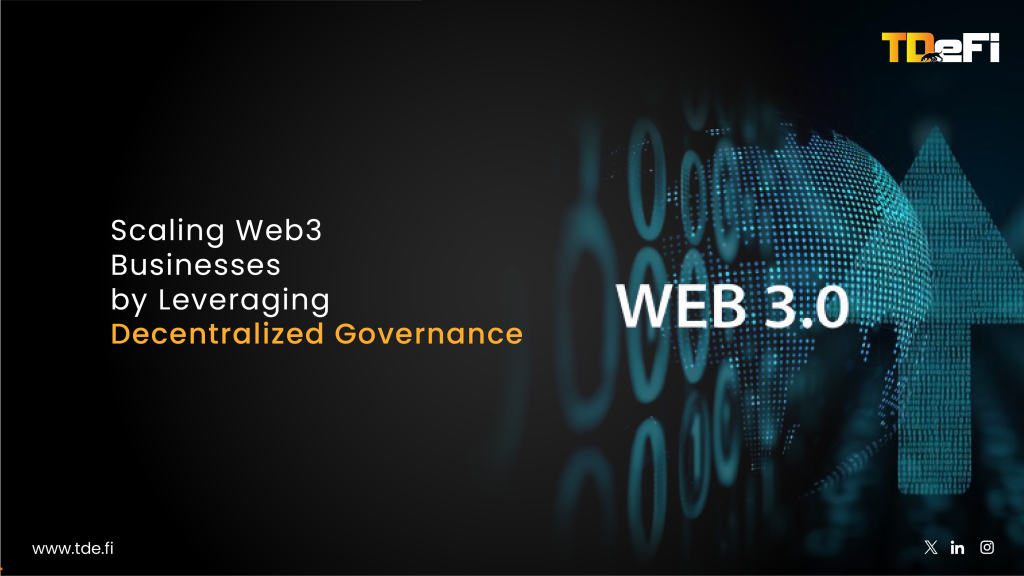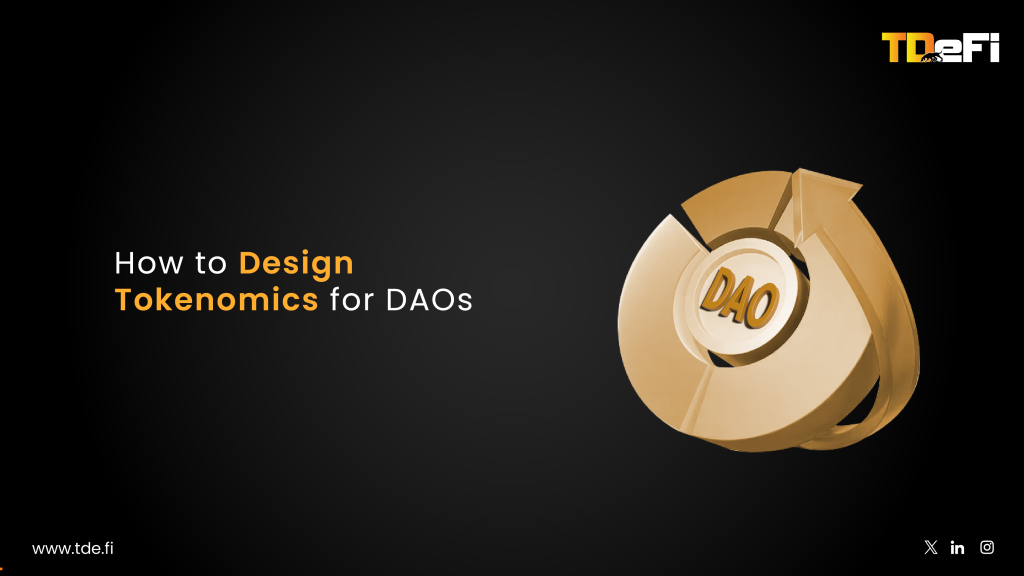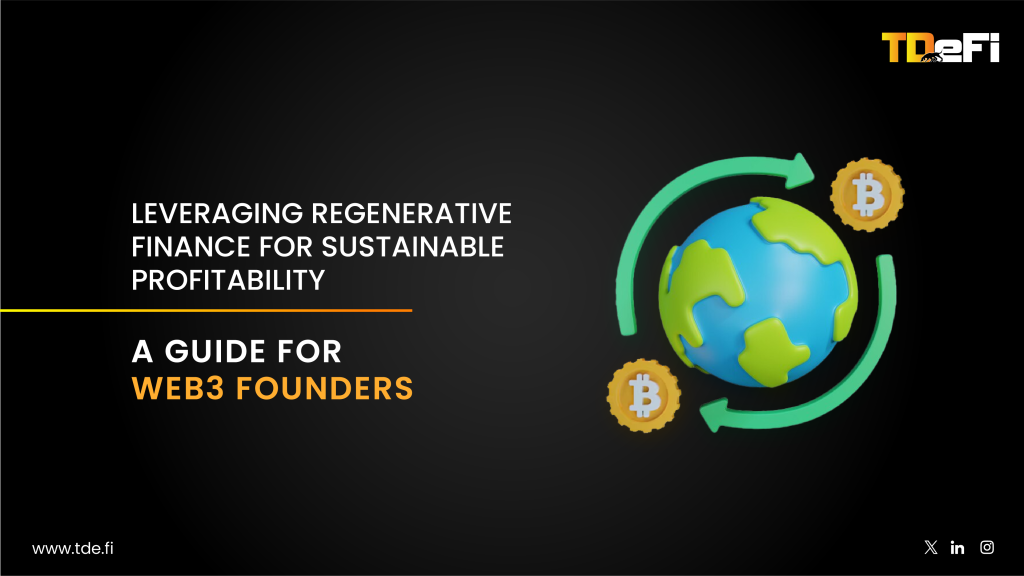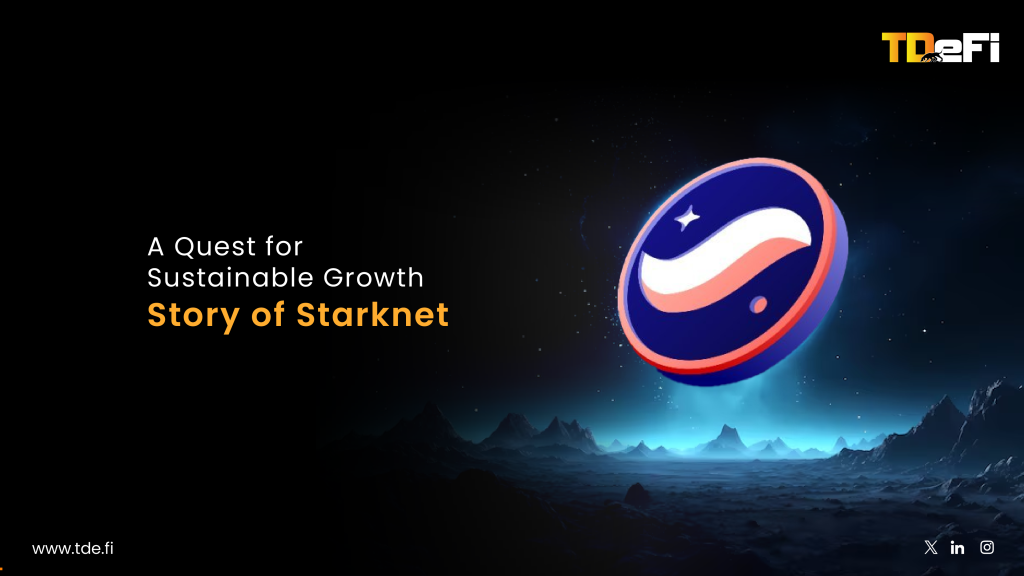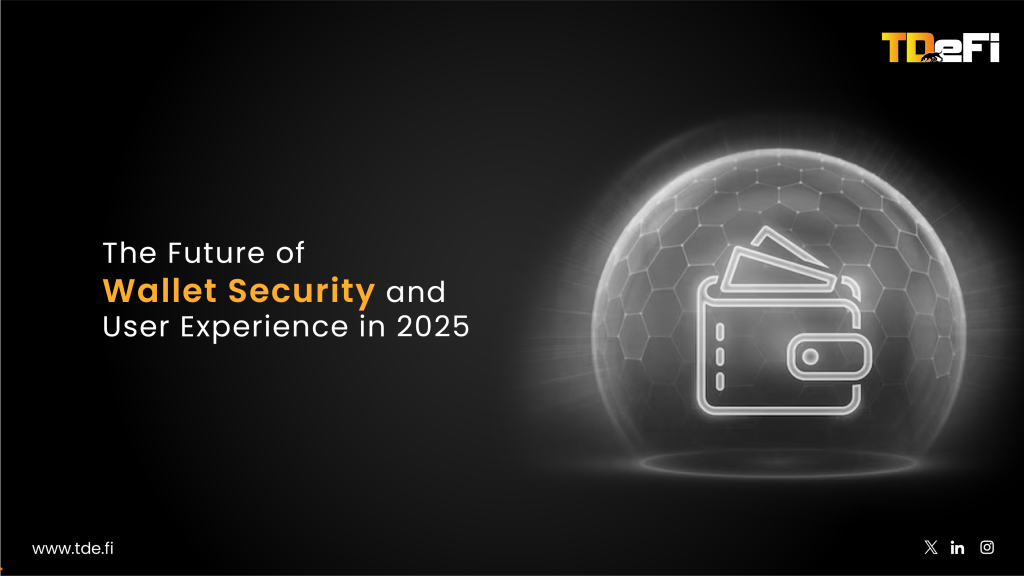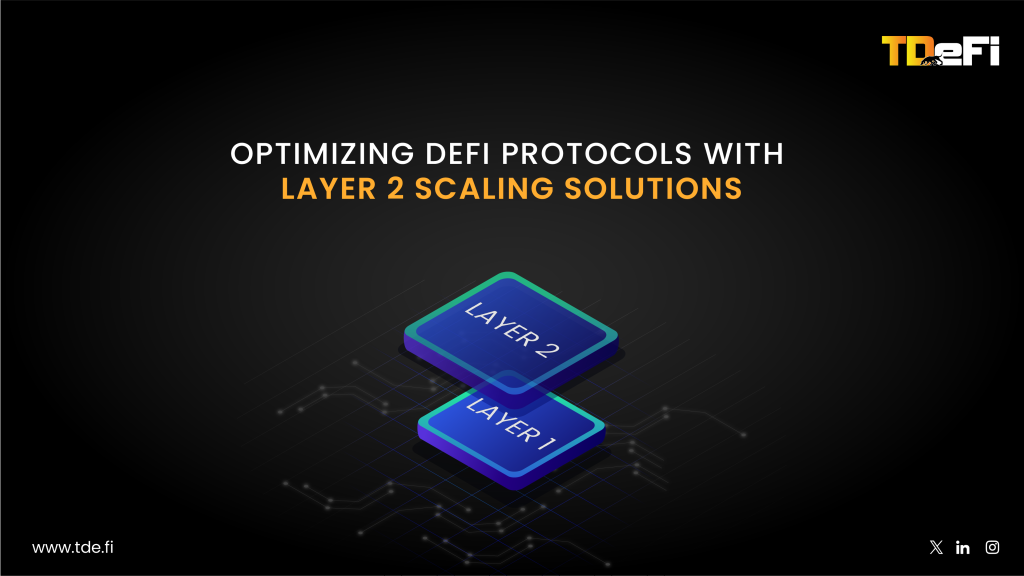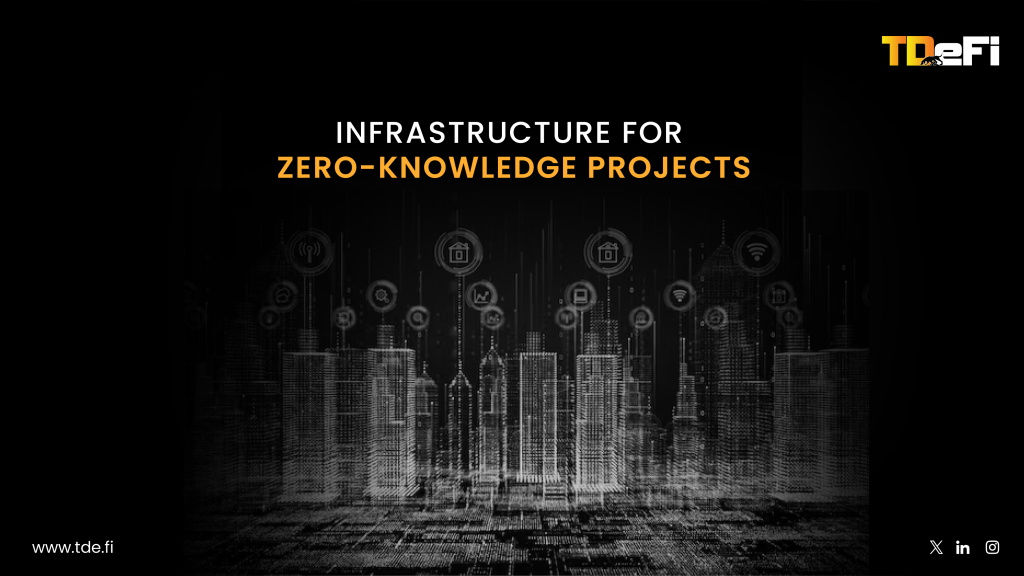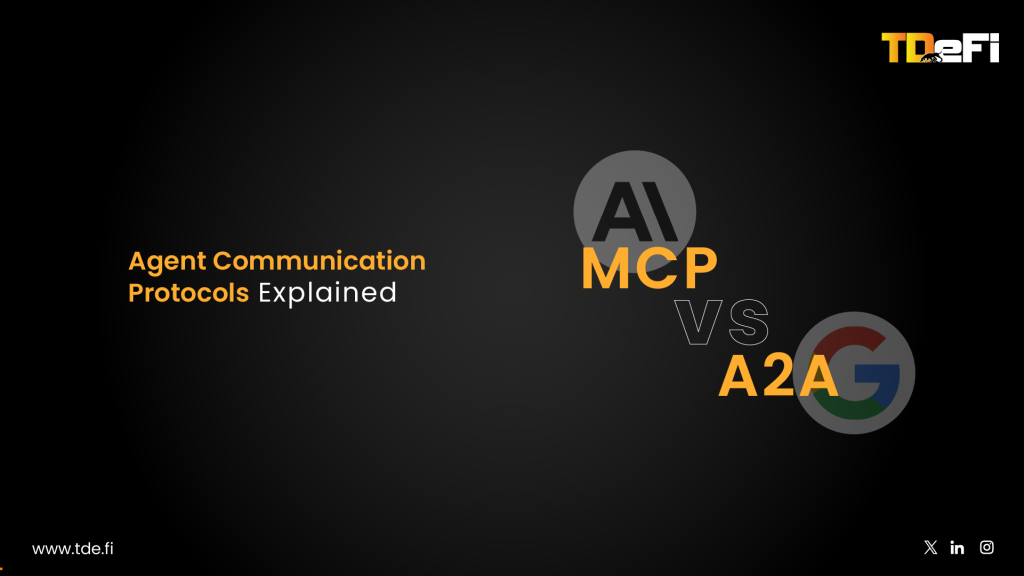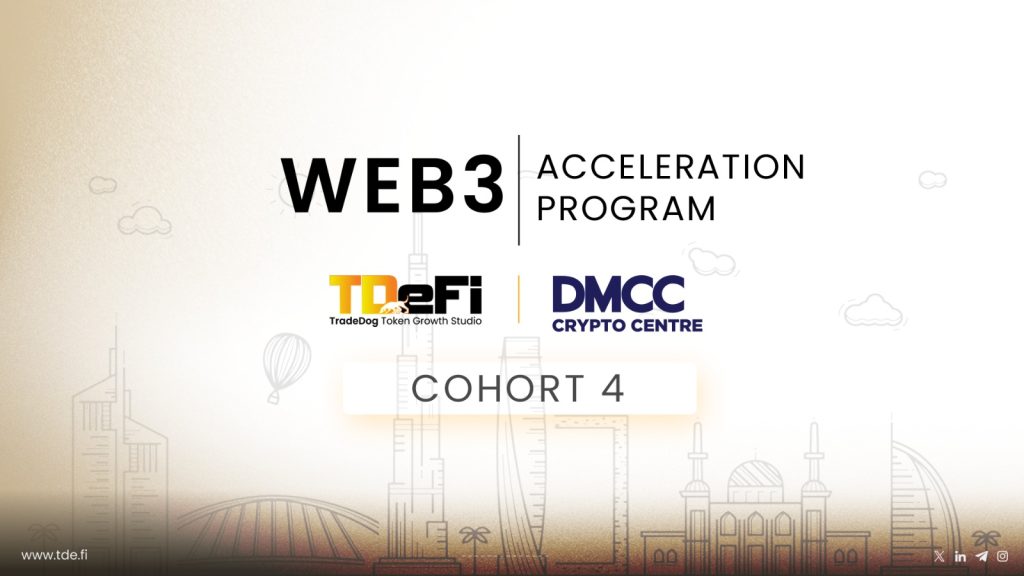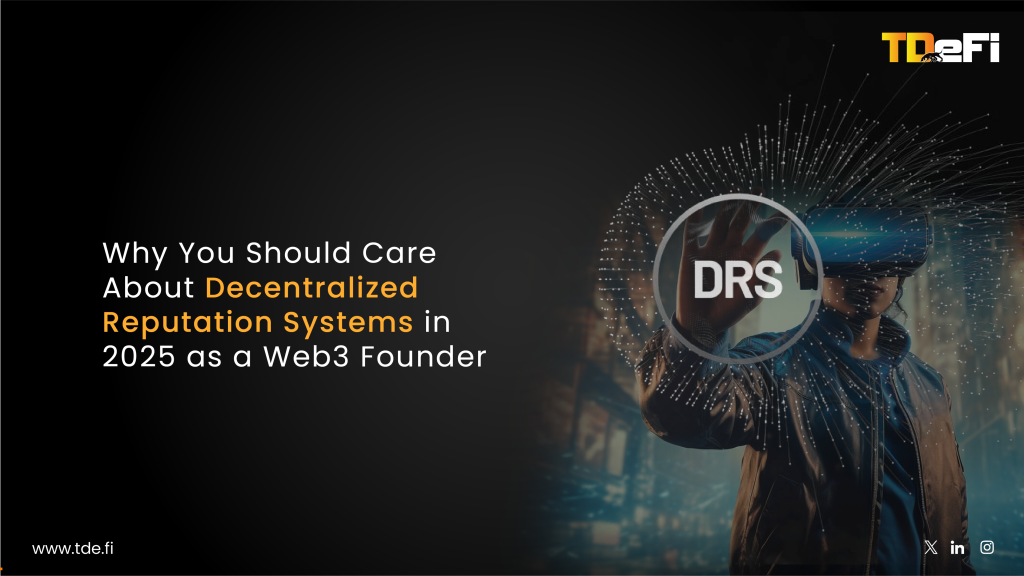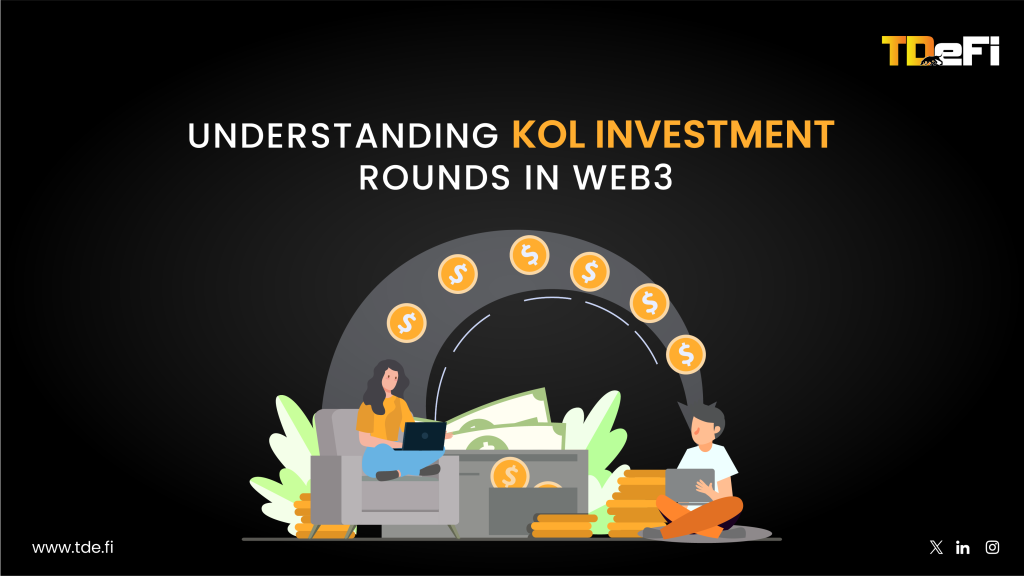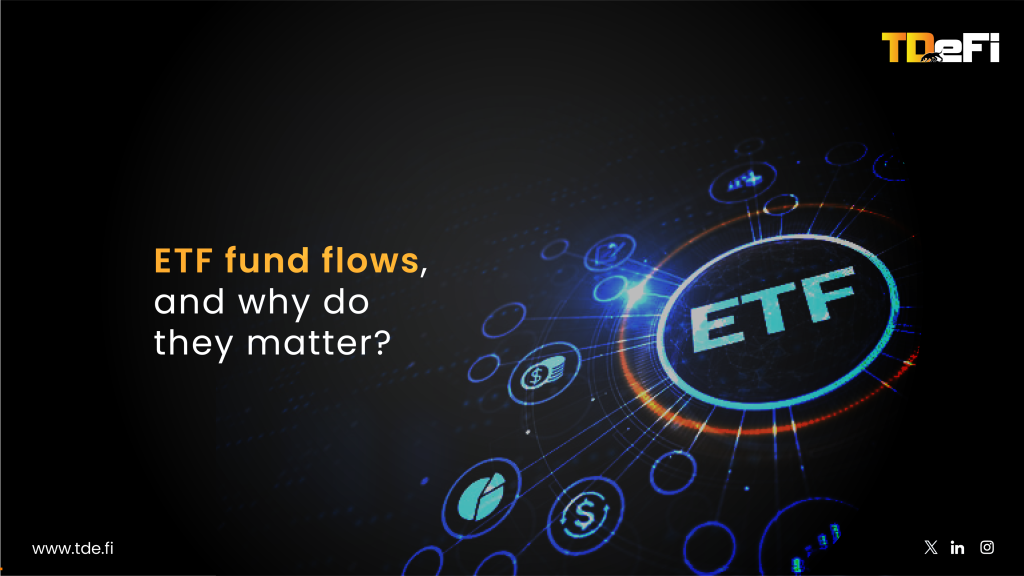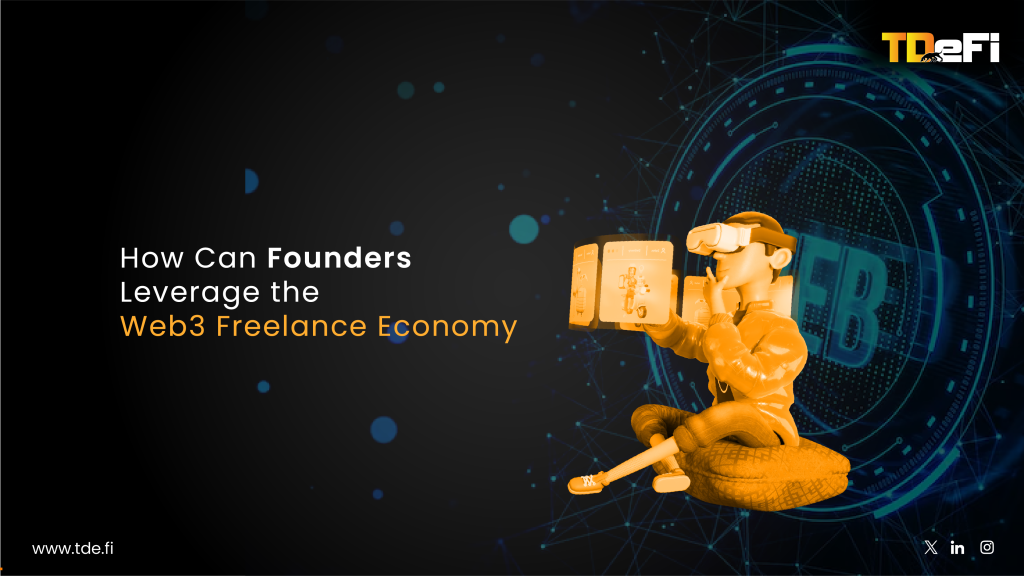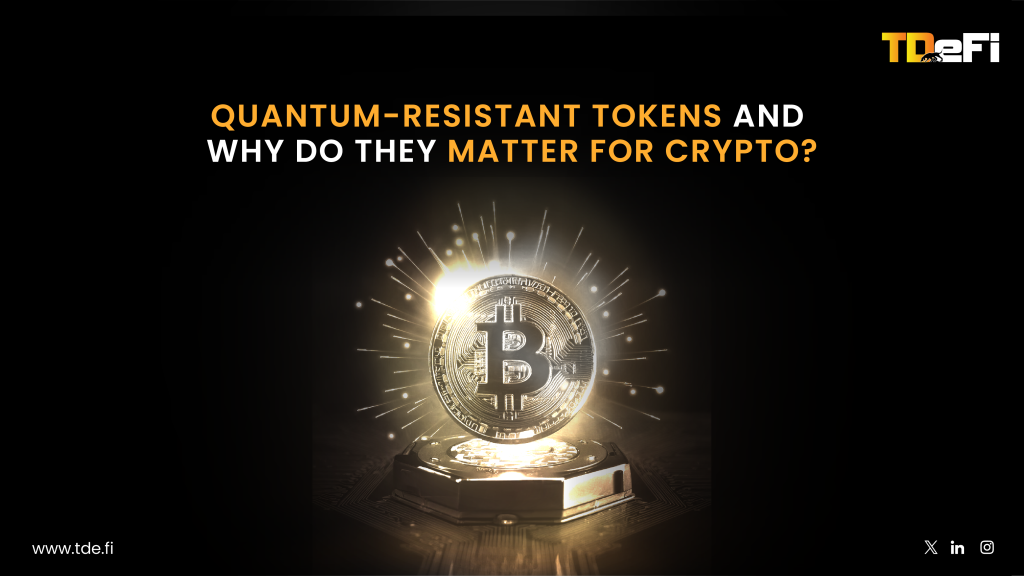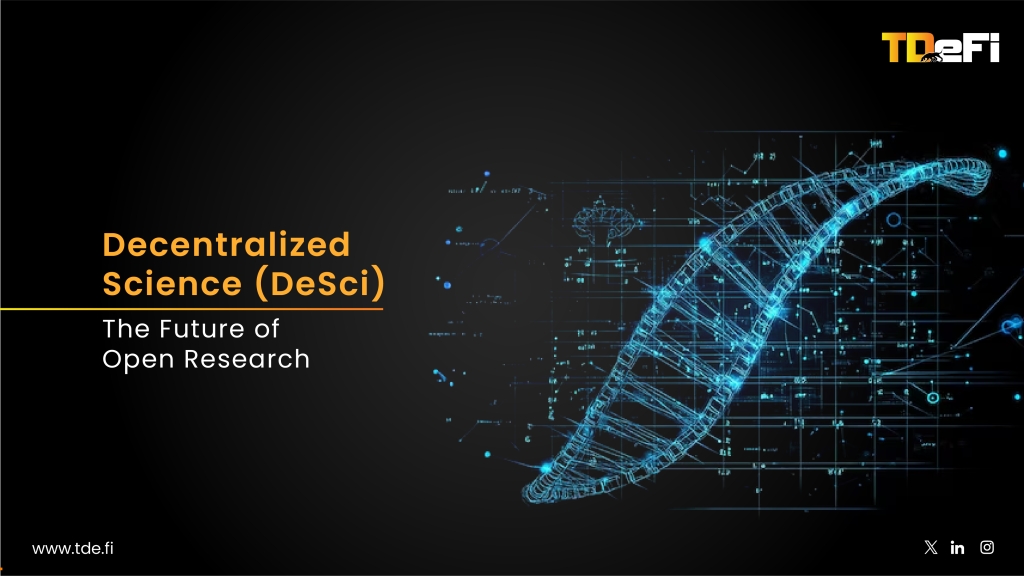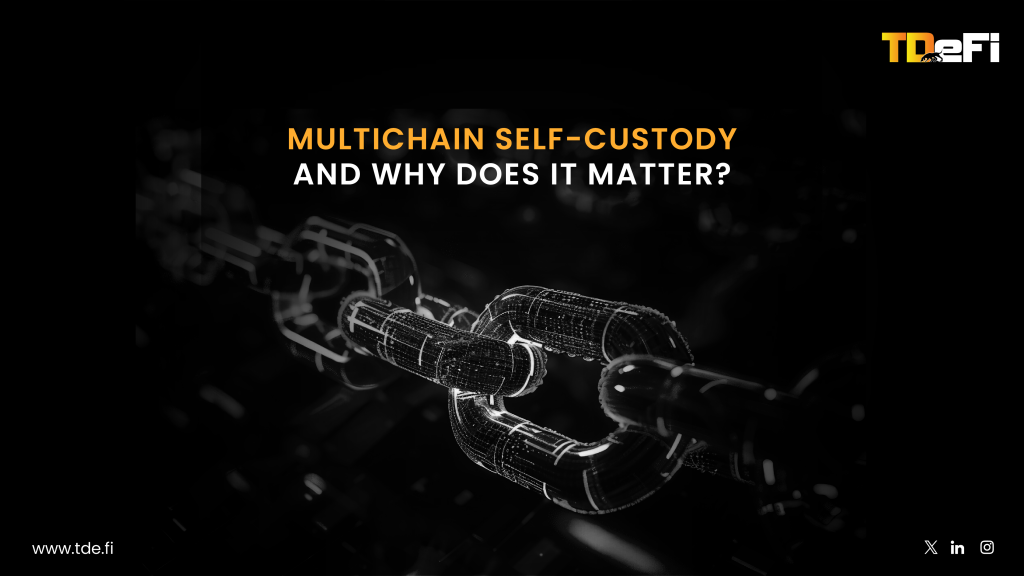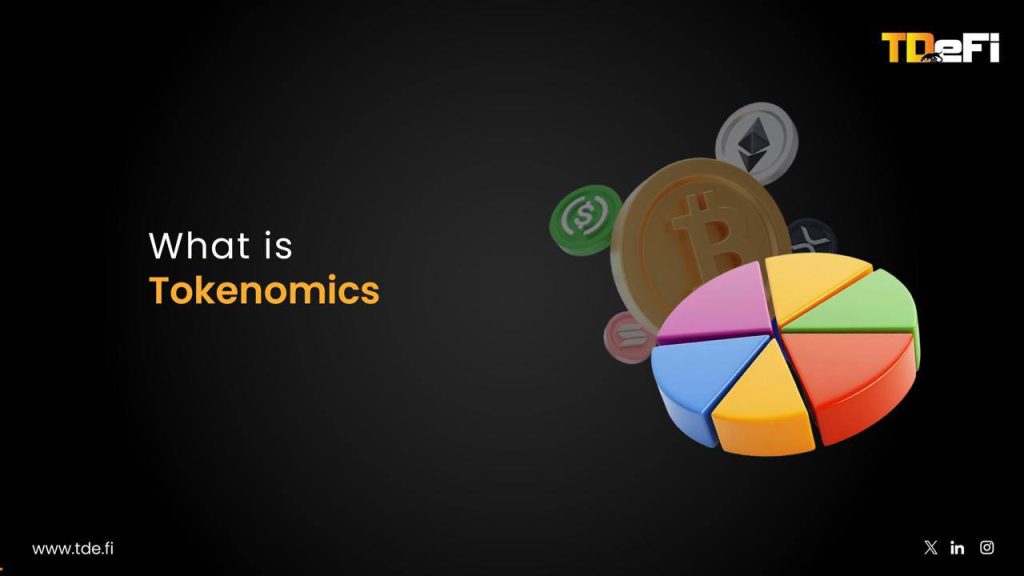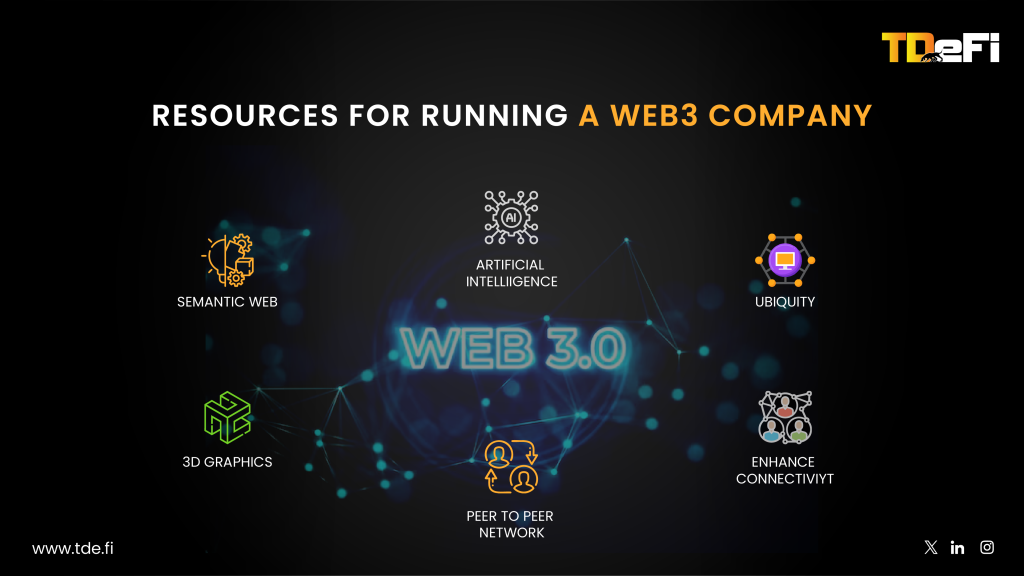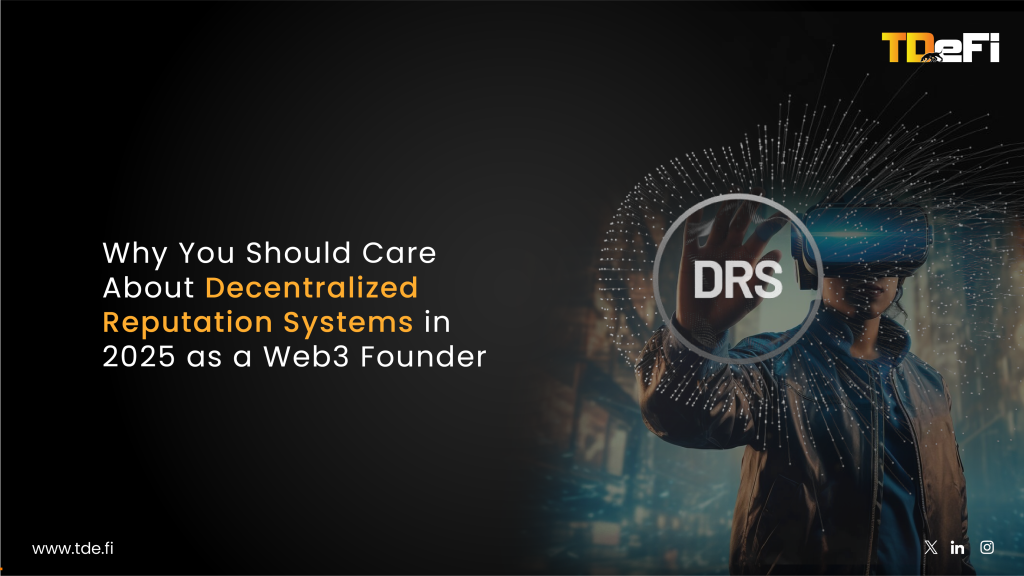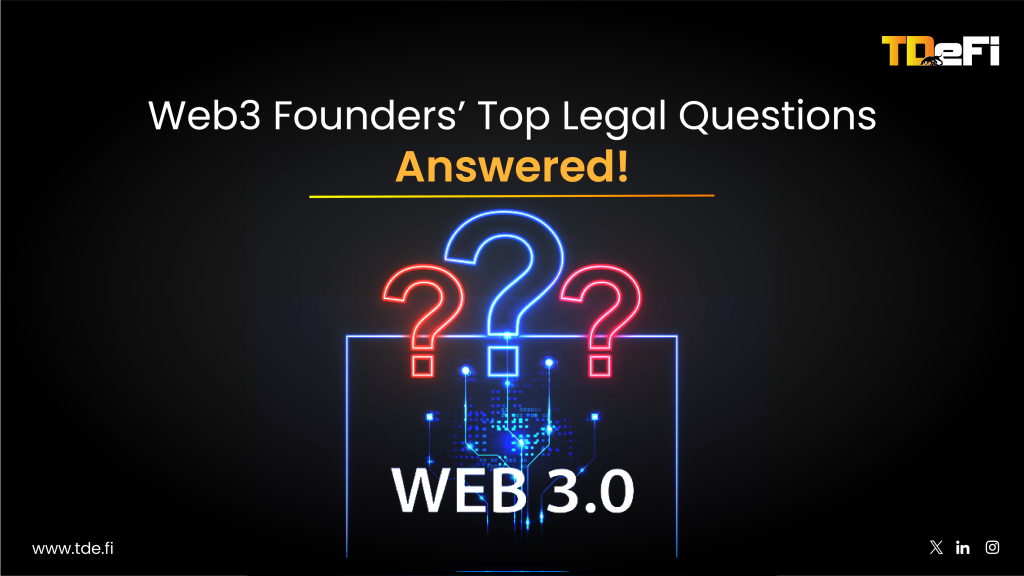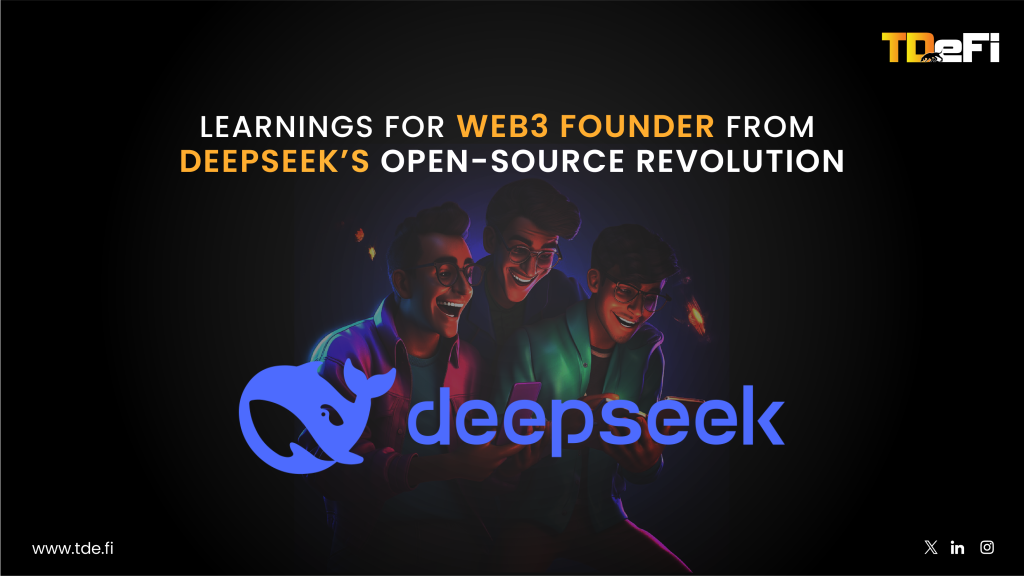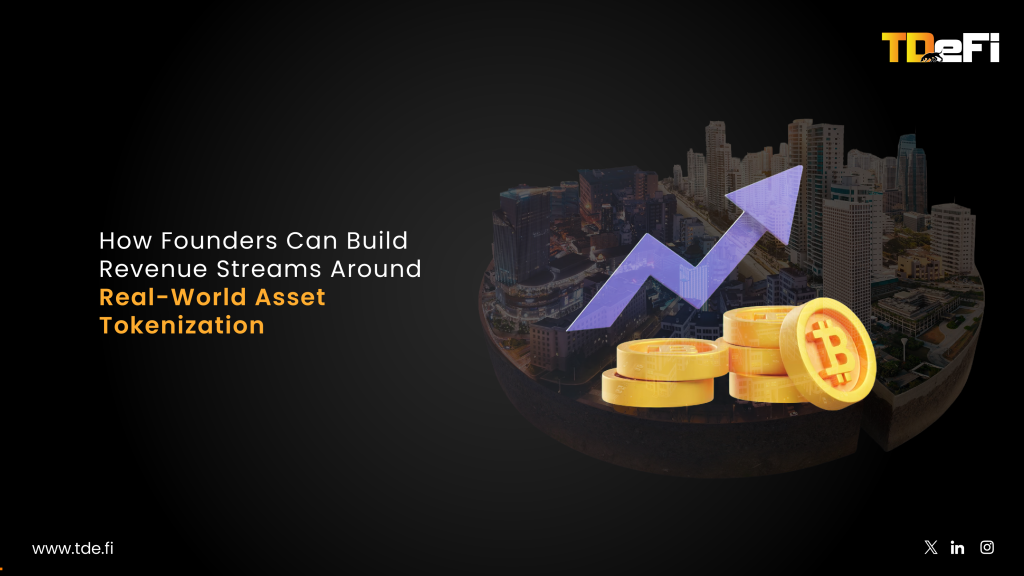TL;DR
In today’s Web3 era, launching a token is a public stress test of your project’s real-world viability. Sophisticated investors look past the initial price action to dissect the underlying architecture. They are evaluating the protocol’s alignment with durable macro narratives, the physics of its value accrual, the social contract encoded in its cap table, and the authenticity of its community. This blog deconstructs how seasoned capital analyzes a token launch, revealing the signals that inspire long-term conviction and the pitfalls that trigger immediate caution, providing a blueprint for founders to engineer launches that build enduring value.
Introduction
The moment your token becomes liquid, the real game begins. For founders, this can feel like a finish line, but for the investors you want to attract, it is the starting gun. They aren’t watching your ticker for green candles; they are observing your system as it makes first contact with the open market. They are stress-testing its architecture, watching how the community behaves under pressure, and calculating whether your tokenomics can withstand the unforgiving gravity of a permissionless world.
In a landscape shaped by brutal evolutionary cycles, dominant narratives, and ruthless capital allocation, understanding the investor mindset is the difference between building a project that defines a category and one that becomes a footnote. They are not buying your token; they are underwriting your system’s right to exist. This is what they’re actually thinking.
The Unseen Force Behind Capital Flows: Narrative as an Architectural Bet
Tokens that achieve sustained outperformance don’t just offer utility—they wield narrative gravity. They provide a clear, compelling answer to the question, “Why this, why now?” For investors in 2025, a powerful narrative isn’t just a marketing story; it’s a thesis about the future architecture of the internet. They are scanning for launches that tap into these dominant, multi-year shifts: modularity, the decentralization of AI, liquid restaking, the tokenization of real-world assets (RWAs), and seamless interoperability.
Celestia’s (TIA) launch is a masterclass in this. It entered the market not just as another Layer 1, but as the embodiment of the modular thesis—the idea that the monolithic blockchain stack must be unbundled for scalability and sovereignty. This wasn’t just a story; it was an architectural argument that resonated deeply with builders. The result was a Cambrian explosion of innovation, with data from platforms like Mintscan showing over 1,500 projects deploying on or integrating with Celestia. For an investor, the price action of TIA became a direct, verifiable proxy for the adoption of the entire modular movement. The narrative was the thesis; the on-chain data was the proof.
Similarly, Chainlink’s (LINK) evolution with its Cross-Chain Interoperability Protocol (CCIP) cemented its narrative as the essential secure middleware for a multi-chain world. The protocol’s ability to facilitate cross-chain communication and its strategic work with institutions like SWIFT positioned it as the backbone for the RWA narrative. For an investor, this isn’t about hype; it’s about identifying a protocol that becomes a non-negotiable dependency for a multi-trillion-dollar trend. The accumulation of LINK by long-term holders, visible on-chain, signaled deep conviction in this architectural role.
A token launch that cannot frame itself as a critical component in the internet’s next architectural stack is, to sophisticated capital, effectively invisible.
Incentives as Destiny: The Physics of Your Token Economy
Tokenomics is not a spreadsheet; it’s a set of engineered incentives that dictate a system’s long-term trajectory. It’s applied physics for digital economies. Investors dissect your model to determine if value is genuinely captured from usage or if the system is designed to bleed out through runaway inflation and mercenary capital. Has the token been engineered with its own gravitational pull, or is it destined for entropic decay?
EigenLayer introduced a new economic primitive that fundamentally altered the physics of shared security. By enabling protocols to “rent” security via ETH restaking, it created a system where its own success directly amplifies the value of the underlying network. As documented on data platforms like DeFiLlama, its total value locked (TVL) surged past $17 billion, demonstrating a powerful gravitational pull. The EIGEN token is designed as the governance and coordination layer for this new utility, ensuring its relevance grows in lockstep with the ecosystem it secures. This is value accrual hardwired into the protocol’s DNA.
Contrast this with the desolate charts of countless DeFi 1.0 tokens from the 2021 cycle. Their models were simple: high emissions to attract liquidity, with no sustainable sinks or sources of demand. The result was a predictable flight of mercenary capital as soon as the rewards diminished, leaving a hyperinflated token in a death spiral. Investors who survived that cycle have the pattern-recognition scars—and the on-chain analysis tools—to see this flaw from a mile away.
Alignment Over Hype: The Cap Table as a Social Contract
Sophisticated capital studies your cap table and distribution model as closely as they study your code. These documents represent your project’s social contract—an immutable record of the promises made to your team, your backers, and your community. Investors are looking for long-term alignment and a fair distribution of power, not a structure designed for a quick flip.
The 2023 launch of Space ID ($ID) on Binance Launchpad set a standard for this kind of thoughtful design. As detailed in the official Binance Research report, the launch was not a single event but a multi-stage process. It included a strategic sale with long vesting periods for institutional backers, a public launchpad allocation, and, crucially, a retroactive airdrop to reward thousands of early, organic users of its “.bnb” and “.arb” domain services. This structure created a broad base of holders with genuine skin in the game, mitigating the risk of a massive post-TGE dump and fostering a more stable foundation for governance.
If the incentives encoded in the cap table are misaligned—for example, if early investors have short cliffs or the team allocation is disproportionately large—the market will sniff out the weakness. Investors want to see founders, backers, and users all rowing in the same direction, bound by a shared, long-term economic destiny.
Timing and Distribution
The best launches are timed to coincide with narrative momentum, not a date on a marketing calendar. Investors want to see that demand has been carefully cultivated before the token becomes liquid, not conjured with hype after. The launch should feel like the ignition of a prepared engine, not a cold start.
The canonical example remains Uniswap’s $UNI airdrop. At the peak of “DeFi Summer” in 2020, Uniswap didn’t just release a token; it retroactively distributed 150 million UNI to every address that had ever used the protocol. This masterstroke instantly created one of the largest and most powerful decentralized governance bodies in the space. It wasn’t just a gift; it was a strategic distribution of power to the protocol’s most loyal constituents at the exact moment the world was waking up to the power of DeFi.
More recently, the June 2024 merger of Fetch.ai, SingularityNET, and Ocean Protocol into the Artificial Superintelligence Alliance (ASI) demonstrated this principle in a complex, multi-token environment. The leadership team made the strategic decision to delay the final merger to ensure full regulatory clarity from key jurisdictions like Singapore. As they announced, this foresight, combined with a clear, phased migration plan for existing AGIX and OCEAN holders, built confidence and ensured a stable, unified launch into a market narrative hungry for legitimate, decentralized AI solutions.
Liquidity as The Protocol’s Circulatory System
Liquidity is existential. For an investor, a token without deep, accessible liquidity across multiple venues is not a viable asset; it’s a trap. They need to know they can enter and exit positions at a meaningful size without causing a market-crashing slippage event. A protocol that fails to plan for this is building an economy with no circulatory system.
Render ($RNDR) exemplified a mature approach to this during its 2024 network upgrade. As part of its migration to the Solana blockchain, the core team and community passed RNP-002, a detailed proposal that explicitly outlined a strategy for ensuring liquidity. This included securing listings on multiple Tier-1 centralized exchanges, bootstrapping deep liquidity pools on key Solana DEXs, and implementing ongoing market-making incentives. The result was sustained and healthy price discovery, which in turn attracted growing institutional interest.
A launch strategy that relies on a single DEX pool or simply “hopes” for organic volume to appear is a massive red flag for any serious investor.
The Antifragile Community
A Telegram group with 100,000 members is not a community; it’s an audience. A true community is an antifragile social organism that actively governs, contributes to, and defends the protocol. Investors look for on-chain and off-chain evidence of this: active and meaningful governance proposals, a high rate of developer engagement in the form of grants and hackathons, and a clear, credible roadmap that the community has genuinely bought into.
Avalanche ($AVAX) seeded its powerful ecosystem with the $180M Avalanche Rush developer incentive program. This wasn’t just a marketing campaign; it was a strategic allocation of capital designed to attract blue-chip DeFi protocols and elite developer talent. This created a rich, interdependent economy that proved resilient, retaining builders and users throughout the brutal bear market.
Tokens that build real, engaged communities become antifragile; they can weather any storm. Those that rely on bots and transient hype become casualties of the next market cycle.
Regulatory Foresight as a Moat
In 2025, regulatory clarity is no longer an afterthought; it is a competitive moat. The smartest investors have legal teams on speed dial and are conducting deep diligence on your project’s legal structure, its jurisdiction of incorporation, and its public posture toward compliance.
The launch of Starknet’s ($STRK) token in early 2024 was a notable example of a project leaning into this reality. The Starknet Foundation published a clear and comprehensive Provisions Program, outlining the criteria for eligibility and the project’s long-term intentions. This transparency and a carefully considered legal structure helped de-risk the asset for larger, more conservative pools of capital.
A launch strategy that ignores the rapidly evolving regulatory landscape is a strategy for becoming un-investable.
The Adversarial Simulation
Ultimately, every sophisticated investor is running an adversarial simulation in their head. They are asking hard questions:
- What happens if the top 50 wallets from the presale sell on day one? Have you modeled the impact?
- How does the protocol defend against a governance attack funded by a rival?
- Is the team battle-tested? Do they have the operational excellence and psychological resilience to navigate a 90% drawdown, a critical bug, or a public crisis?
They are searching for founders who have also asked these questions—founders who have engineered their protocols not for a perfect-world scenario, but for the chaotic, adversarial reality of the open internet.
Closing Thought
A token launch is not a victory lap. It is a public, unpausable experiment in incentive design, narrative alignment, and systemic resilience. The investors you truly want are not just buying your token; they are making a long-term bet on your architecture, your incentive model, your community, and your ability to adapt and survive.
At TDeFi, we believe the next generation of Web3 leaders will be those who build for the long term; who prioritize fair distribution, adaptive tokenomics, and authentic community engagement. We’ve seen personally how founders who align incentives, embrace compliance, and stay agile can weather any market storm.
If you’re ready to build a future where your token stands for more than speculation, we’re here to help you create, adapt, and succeed, no matter what the market throws your way.







